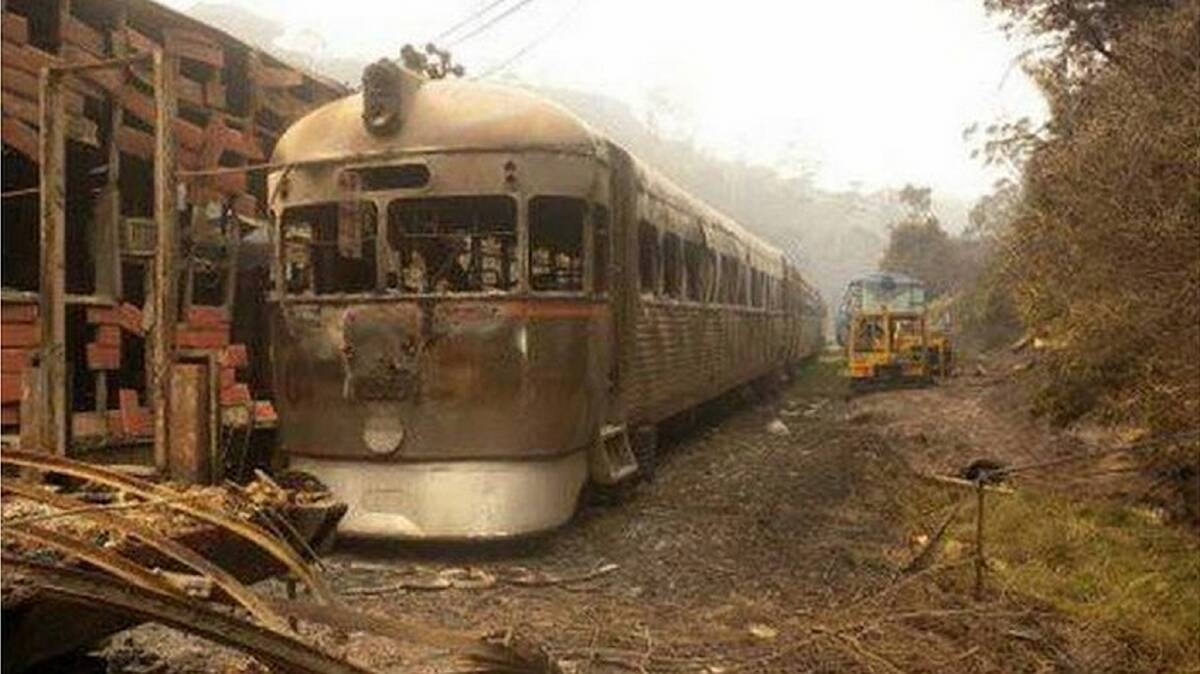
The State Mine fire, which destroyed five homes and 56,000 hectares of bush last October, was started when anti-tank ammunition was detonated on a day of high fire danger at the Marangaroo Training Centre.
Create a free account to read this article
$0/
(min cost $0)
or signup to continue reading
A report into the fire, released last week, found that live-firing exercises on days of high fire danger rating or above were prohibited, but a ranger at the centre had wrongly given the go-ahead.
The officer "did not have the authority" to do so, the report said.
Five homes were lost in the State Mine fire - two in Mr Irvine, two in Clarence and one in Scenic Hill near Lithgow.
Ben Hardwick, a litigation lawyer with Slater and Gordon, said the findings should speed up the compensation process.
"With this clear breach of the ADF's duty of care, local residents should now progress their claims and be compensated for the damage that was caused to their properties," he said.
"What we now know is that the extremely dry and windy weather conditions were not adequately considered by Defence personnel before they decided to explode ammunition.
"As a result of that poor judgement, residents and landowners lost their homes and possessions.
"They have a right to be angry - this was a fire which should never have occurred and they should now be fully compensated."
The report found that personnel had been learning how to dispose of high-explosive ammunition on October 16 when "kickout" from the detonation started the fire.
They tried to put it out until unexploded ordnance started exploding around them. The RFS was then called but declined to enter the training ground because of the danger. This was "entirely reasonable", the report said.
It also found that no hazard reduction had been done at the site for at least 20 years and that the fire-fighting vehicle at Marangaroo wasn't capable of "providing an effective response" because it had a limited ability to either carry or spray a large quantity of water.
The report recommended that weather conditions be taken into account before any live firing exercises are undertaken in the future, and that Defence work with the RFS to address hazard reduction and bushfire response. It also made adverse findings against two individuals which will be referred to the head of Defence.
As well as the five houses, the Zig Zag railway also sustained enormous damage in the bushfire.
Michael Forbes, chief executive officer of the railway, said he had been conducting lengthy negotiations with the insurance group which is handling the claim against the Defence Department.
He received the good news just last week that the insurer is recommending an immediate part-payment.
"That should allow us to start clearing the site," he said.
Mr Forbes expected a six-figure payment to be approved quickly but there was still much more to be done to restore the burnt tracks, carriages and offices. Repairs to the track alone might cost nearly half a million dollars, he said.

